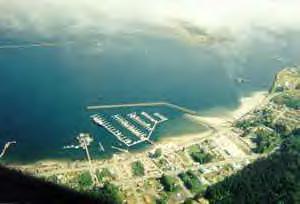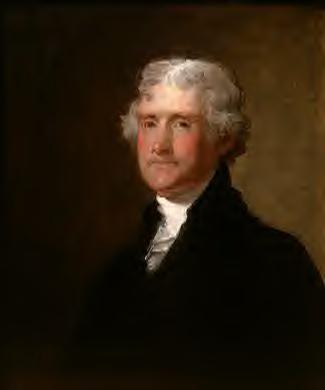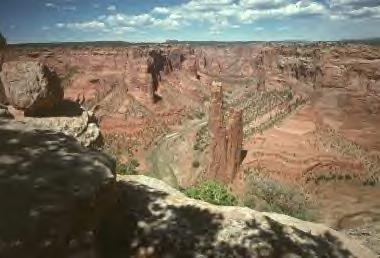|
Canku Ota |
|
(Many Paths) |
|
A Newsletter Celebrating Native America |
|
December 30, 2000 - Issue 26 |
|
|
|
This Date In North American Indian History |
|
from On This Date in North American Indian History at http://americanindian.net |
| Dec. 30, 1853: | The Gadsden purchase is made today adding land to the United States in the southern parts of Arizona and New Mexico. |
| Dec. 31, 1960: | The Federal government terminates the MENOMINEE tribe. |
| Jan. 1, 1965: | The NISQUALLY Nation in Washington State, issue a proclamation today denouncing their treatment by the United States. The document states that the United States has not lived up to its treaty agreements. The NISQUALLY Nation therefore declared that in regards to non-NISQUALLY people "they no longer have the right to reside, tax or hunt or fish upon said lands or waters, within the ceded areas of the treaties made with the Indian peoples." They also compare the treatment of the Indian peoples by the United States Government, as similar to that of Hitler and the Jews. |
| Jan. 2, 1873: | The MAKAH Reservation undergoes changes today by Executive Order |
|
|
|
| Jan. 3, 1541: | On this date, de Soto visits the main CHICKASAW town. He wants to visit Caluca, and he gets guides and interpreters from the CHICKASAW |
| Jan. 4, 1975: | Indian Self-determination & Education Act is passed. |
| Jan. 5, 1987: | National Native News first aired. |
| Jan. 6, 1864: | To force the NAVAJOs to move to the Bosque Redondo Encampment, the Army gets Kit Carson to mount an expedition against the NAVAJOs in the Canyon de Chelly. Captain Albert Pfeiffer, and a small force, leaves Fort Canby on this date to meet Carson at the canyon. Carson is called "rope thrower" by the Indians. |
| Jan. 7, 1802: | President Thomas Jefferson believes that the Indians have more land than they need. He feels that if they become indebted at the government trade houses, they will sell their lands to pay the debts. He has also voiced the opinion that if they become farmers, they will need less land. Today, he will address the WEA, POTAWATOMI, and MIAMI Indians on that latter issues. He extols the virtues of renewable food and clothing supplies. "We will with pleasure furnish you with implements for the most necessary arts, and with persons who may instruct you how to make and use them." |
|
|
|
| Jan, 8, 1877: | General Nelson "Bear Coat" Miles catches up to Crazy Horse, Little Big Man, Hump, Two Moons and their followers at Battle Butte, in southeastern Montana. Miles' soldiers attack through the 3 foot deep snow. The war chiefs occupy the soldiers while the women and children escape during a blizzard. The weather causes Miles to disengage. According to Army records, approximately 600 warriors approach the soldiers and a 5 hour battle starts. The second half of the battle is fought in a "blinding snow storm". The Army drives the Indians through the Wolf Mountains, toward the Big Horn Mountains |
| Jan. 9, 1879: | At Fort Robinson, in northwestern Nebraska, the CHEYENNEs are being held in the barracks without food or wood because they will not return to their reservation. After 5 days, Captain Henry Wessells orders CHEYENNE Chiefs to his quarters for a conference. Dull Knife does not go, but Left Hand, Crow and Wild Hog attend. Wild Hog tells the Captain that the CHEYENNE will never go to Indian Territory, and they would rather die here. Captain Wessells orders him put in irons and a fight ensues, with a soldier being stabbed. Left Hand, in manacles, makes it outside and yells aloud what is happening. Captain Wessells offers to let the women & children out of the barracks, but they says they would rather die at the fort than to be forced to go south. That evening, CHEYENNE warriors recover some hidden rifles, and just before 10pm they open fire on the soldier guards from their prison barracks. An Army report calls the barracks a "like a den of rattlesnakes, into which it was certain death for any white man to go." While the shooting continues, the CHEYENNE escape from the fort. The soldiers pursue them and a gunfight develops nearby. Only 38 CHEYENNE are not killed, wounded or captured during this fight (Dull Knife's daughter is one of the killed). Most of these 38 will be killed or captured in the next few days. |
|
|
|
| Jan. 10, 1806: | Today, President Thomas Jefferson will address CHEROKEE Chiefs. He will applaud their efforts at becoming productive in their farming efforts. " go on, my children, in the same way and be assured the further you advance in it the happier and more respectable you will be." |
| Jan. 11, 1972: | Reverend Harold S. Jones, a SIOUX from South Dakota, will become the first American Indian to be made a bishop in the Episcopal Church. |
| Jan. 12, 1864: | The NAVAJOs have been ordered to move to the Bosque Redondo Reservation in New Mexico. Many who decide not to go move to the Canyon de Chelly. Kit Carson has been directed to force the NAVAJOs to move or to be killed as "hostiles". Carson and Captain Pfeiffer advance to the canyon. On this date, Carson enters the west end of the canyon. They encounter a band of NAVAJOs, and kill 11 of them. While in the canyon, Carson will order the burning of the NAVAJOs' food and cherished peach trees. |
|
|
|



